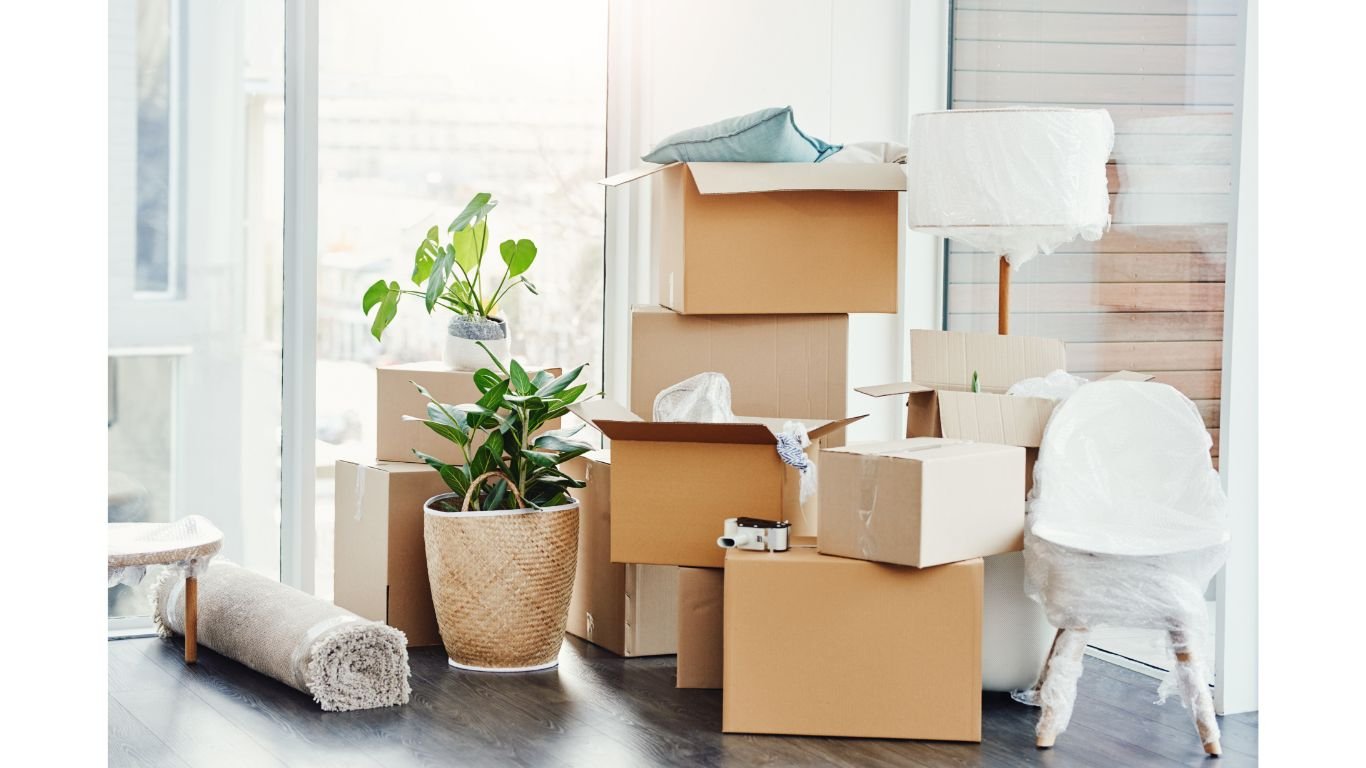Green Moving: 6 Tips (and Lots of Resources) for a Sustainable Move

Let’s admit, moving is rarely fun. Between packing, purging, and logistics, it’s also easy to forget just how wasteful the process can be. But what if we told you that moving doesn’t have to come at the expense of the planet?
At Jarret Yoshida Interior Design, we think your next move can be a fresh start for both your space and your sustainability goals. As a New York interior designer working across Manhattan, Brooklyn, and beyond, we’ve seen firsthand how clients want to live more consciously—and moving is no exception.
Welcome to the art of green moving: a smarter, more mindful approach to relocation that reduces your carbon footprint and respects the environment without sacrificing style or efficiency.
What Is Green Moving?
Green moving, also known as sustainable moving, means making eco-conscious choices throughout the moving process. This includes reducing waste, reusing materials, choosing efficient transportation, and supporting companies that align with green values.
In other words, it’s about more than just moving your belongings—it’s about moving with intention.
So how do you make your next move a green one?
1. Rethink the Box: Eco-Friendly Packing Strategies
You’ve probably already realized that cardboard boxes stack up quickly—both physically and environmentally. Most boxes are used once and tossed, contributing to massive waste streams.
Instead, why not try reusable moving bins? Companies like Rentacrate and GreenDrop offer sturdy, reusable crates that are delivered to your door and picked up after your move.
Alternatively, think creatively:
- Wrap fragile items in towels, sweaters, or scarves instead of buying bubble wrap.
- Use suitcases, laundry baskets, and even trash cans to transport items.
- Ask local stores for gently used boxes—many are happy to share.
And remember: every reused box is one less tree chopped or plastic sheet created.
2. Declutter with Purpose: Sell, Donate, or Gift
One of the greenest moving tips? Don’t move what you don’t need.
It sounds simple, yet it’s surprisingly powerful. The fewer items you haul, the less fuel, packing material, and space you consume.
So, ask yourself: “Do I really want this in my new space?” If the answer is no, here are some alternatives to the trash:
- Sell: Use platforms like Facebook Marketplace or OfferUp.
- Donate: Organizations like Housing Works or Goodwill, and accept a range of items.
- Gift: Give unused décor, clothing, or gadgets to friends, neighbors, or local community centers.
We often encourage our clients to part with things that no longer serve them—and when done mindfully, this can be incredibly liberating.
3. Embrace Vintage and Upcycling
Moving is a great time to refresh your décor, but that doesn’t mean everything needs to be new. In fact, one of the most stylish, sustainable choices you can make is to embrace vintage.
As an interior designer, I’ve found that refurbished or repurposed furniture often adds more character than anything straight off a showroom floor. Whether it’s a mid-century chair with new upholstery or a salvaged table given a second life, vintage finds can ground your new home with charm and conscience.
Not sure where to start? Try local flea markets or online sources like:
Or, if you’re already planning to update a space, maybe this recent article will help, particularly if you are in New York and space is a bit of an issue: Designing Small Living Areas with Space-Saving Furniture.
4. Choose a Green Moving Company
Not all movers are created equally. If you’re serious about moving green, look for companies that prioritize sustainability.
What should you look for?
- Fuel-efficient or biodiesel trucks
- Reusable bins and containers
- Recycled or biodegradable packing materials
- Carbon offset programs
Companies like Shleppers can be a good starting point. While eco-movers may come at a slight premium, the environmental benefits are well worth it.
5. Offset What You Can’t Avoid
Let’s be honest: not every part of moving can be zero waste. Sometimes, emissions happen. But you can still take responsibility.
That said, you can even consider purchasing carbon offsets to balance the environmental impact of your move. Websites like Cool Effect and Carbonfund.org offer ways to support reforestation and renewable energy projects.
It’s a small cost with a big impact.
6. Reimagine Your New Home Sustainably
Green moving doesn’t end when the boxes are unpacked. In fact, your new home is the perfect opportunity to embrace greener living long-term.
- Upgrade to energy-efficient appliances
- Install LED lighting
- Choose low-VOC paints and finishes
- Decorate with indoor plants that purify the air
- Select sustainable materials like bamboo, reclaimed wood, or organic cotton
I often help clients incorporate these choices into their homes—whether we’re starting from scratch or refreshing a space.
Small Steps, Big Impact
In cities like New York, the logistics of moving can feel overwhelming. But green moving is absolutely possible, even in a walk-up or high-rise. In fact, urban dwellers are uniquely positioned to lead the way in low-waste living thanks to public transport, shared resources, and community-based donation networks.
Remember, green moving isn’t about being perfect—it’s about being better. Every box reused, item donated, or plastic wrap avoided adds up. And when more of us move with the planet in mind, we make a collective shift toward a more sustainable future.
To recap:
- Reuse materials and rethink packing
- Purge with purpose: sell, gift, or donate
- Choose green vendors and movers
- Offset emissions when needed
- Start fresh with eco-friendly design choices
After all, as Greta Thunberg said, “There is no Planet B.”
So, are you ready to make your move count?

